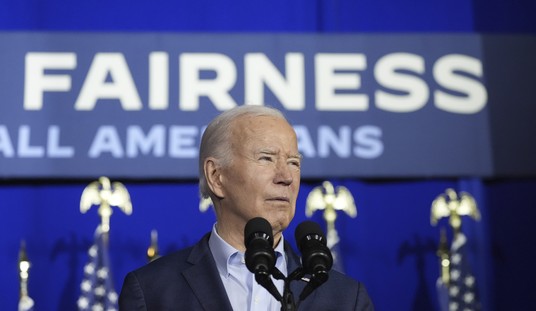It seems so simple: Plug your credit card information into your smartphone, which anonymizes your data, then uses your thumbprint and a “tap” at the register to authorize retail purchases. This should be win-win-win. You get added security and convenience, retailers get simplified payments, and banks get extra protection from fraud.
So why did drug store giants CVS and Rite Aid block Apple Pay (along with Google Wallet and Softcard) over the weekend? Here’s the story:
Objections to Apple Pay aren’t actually about convenience, reliability, or security—they are about a burgeoning war between a consortium of merchants, led by Walmart (WMT), and the credit card companies. Rite Aid, CVS, Walmart, Best Buy (BBY), and about 50 other retailers have been working on their own mobile payments system, called CurrentC. Unlike Apple Pay, which works in conjunction with Visa (V), MasterCard (MA), and American Express (AXP), CurrentC cuts out the credit card networks altogether. The benefit to the merchants is clear: They would save the swipe fees they now pay to the credit card companies, which average about 2 percent of the cost of transactions.
I feel for the CurrentC coalition on this one, since that 2% which is currently going to the giant ATM-issuing banks could easily double some of their retail profit margins. Retailing is a tough business even in the best of times, and these are certainly not the best of times.
Apple had this to say:
The feedback we are getting from customers and retailers about Apple Pay is overwhelmingly positive and enthusiastic. We are working to get as many merchants as possible to support this convenient, secure and private payment option for consumers. Many retailers have already seen the benefits and are delighting their customers at over 220,000 locations.
Somebody was going to put all the pieces of smartphone payments together. Google has been trying valiantly, but Android fragmentation hasn’t helped them, nor has Android’s main customer base of owners who use their Android smartphones merely as really nice feature phones — they just aren’t the vanguard users to establish new technology. Apple probably has a better shot at this, with a generally tech-savvier user base and with all those credit card companies on board, too.
The CurrentC coalition has… well, let’s just say I follow this stuff for a living, and this is only the second or third time I’ve read anything about CurrentC. And this time, they’re making what looks like a desperation play of blocking the competition, without having their own system ready to go as a real competitor. In fact, CurrentC looks like it’s too convoluted to ever catch on.
Scan the product, then have your scan scanned by the retailer’s scanner, as compared to tap-to-pay from Google and Apple. With tap-to-pay, the cashier rings up your sale as normal, then you tap your smartphone on the scanner and you’re done. CurrentC requires you to make your own working scan of a QR code, then have the clerk make a working scan of each of your QR scans. This is the high-tech version of shopping in the old Soviet Union, where you had to stand in separate lines to pay for and then to receive your goods. It’s not that bad of course, but it still requires shoppers to do more, rather than to do less.
CurrentC reeks of a system designed by retailers for retailers — it protects them from fraud, but makes us do the work. Apple Pay and Google Wallet seem to have been designed with for the shopper’s convenience, the brick-and-mortor equivalent of Amazon’s 1-Click. If anything, that seemingly tiny benefit is tap-to-pay’s killer app, so to speak.
There’s probably room in electronic retail payments for two or even more major players, but a shopper-hostile system like CurrentC probably won’t be one of them.
*****











Join the conversation as a VIP Member